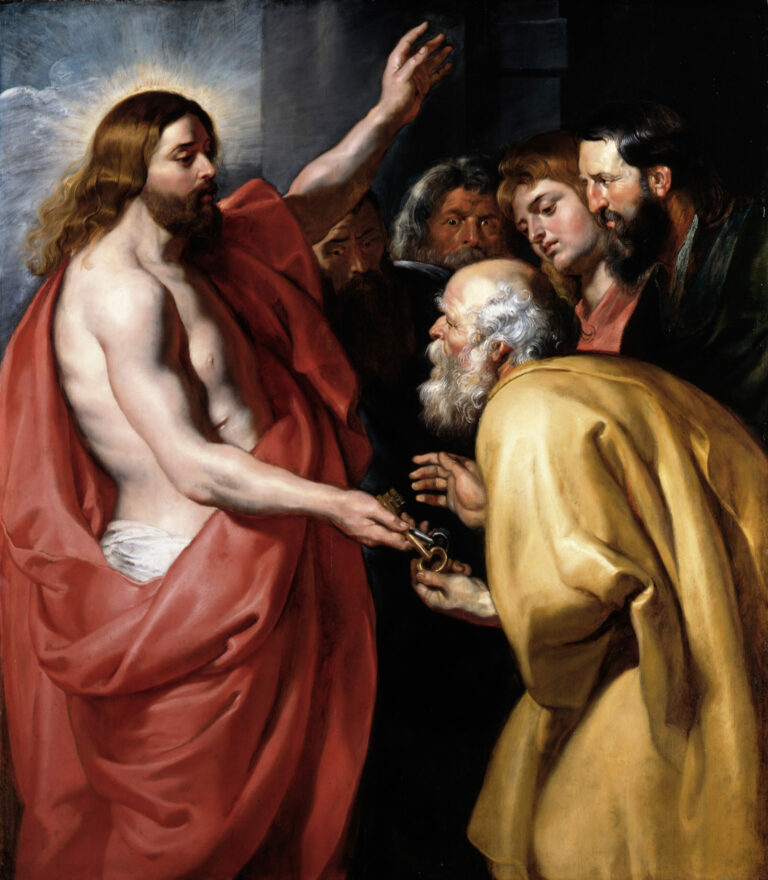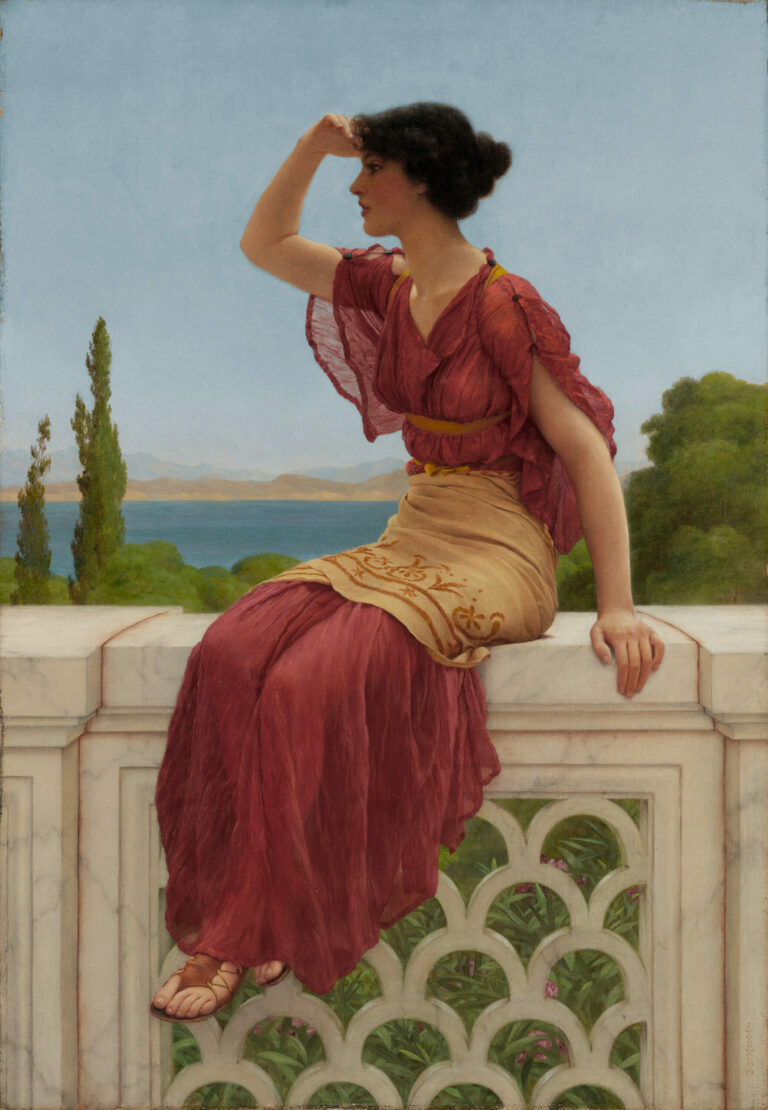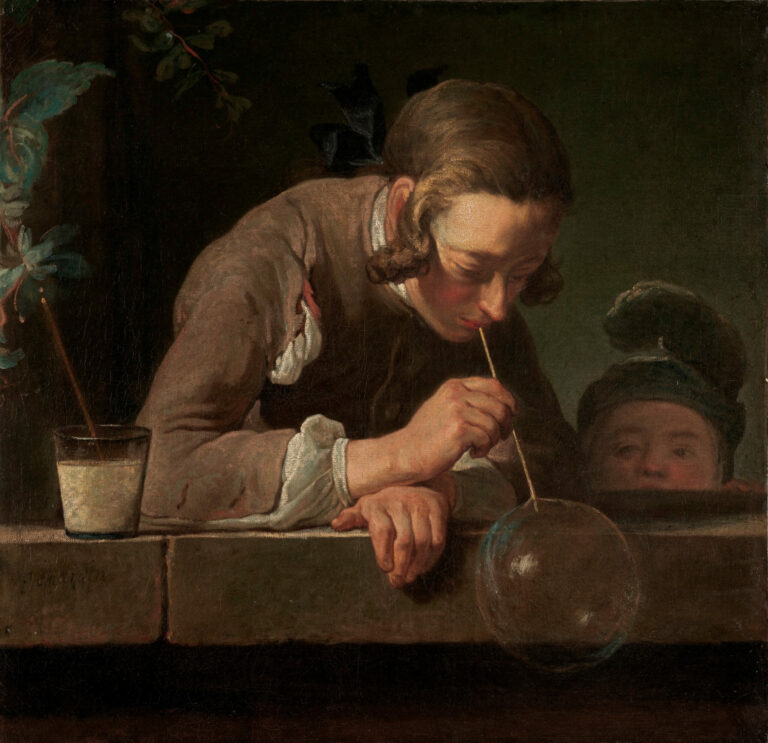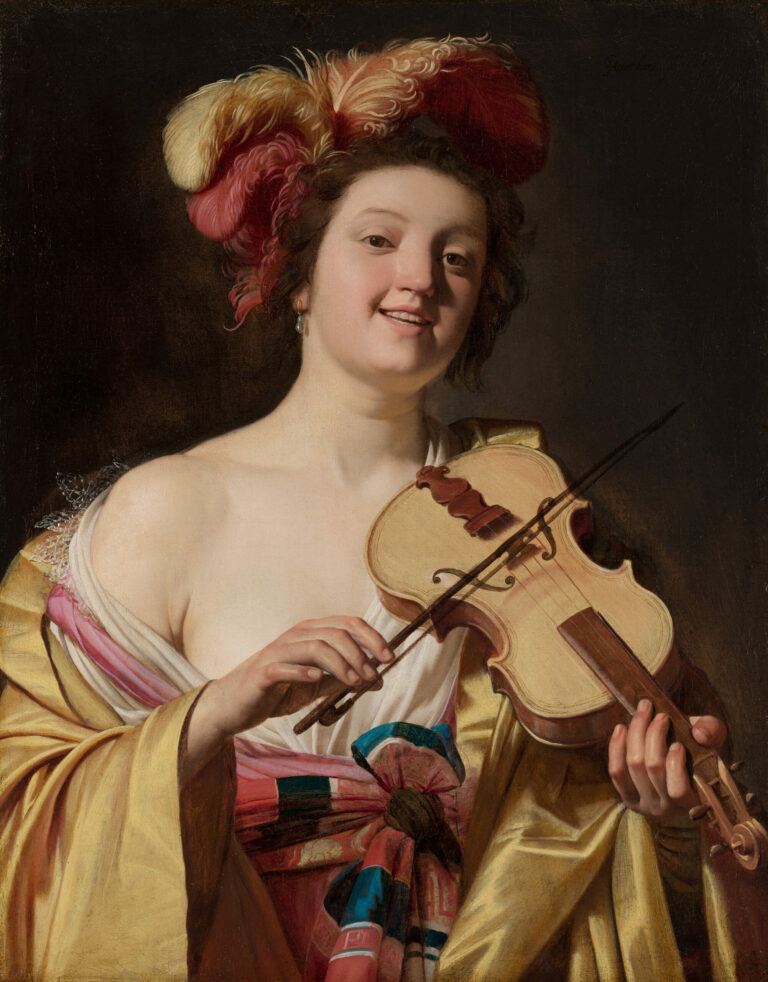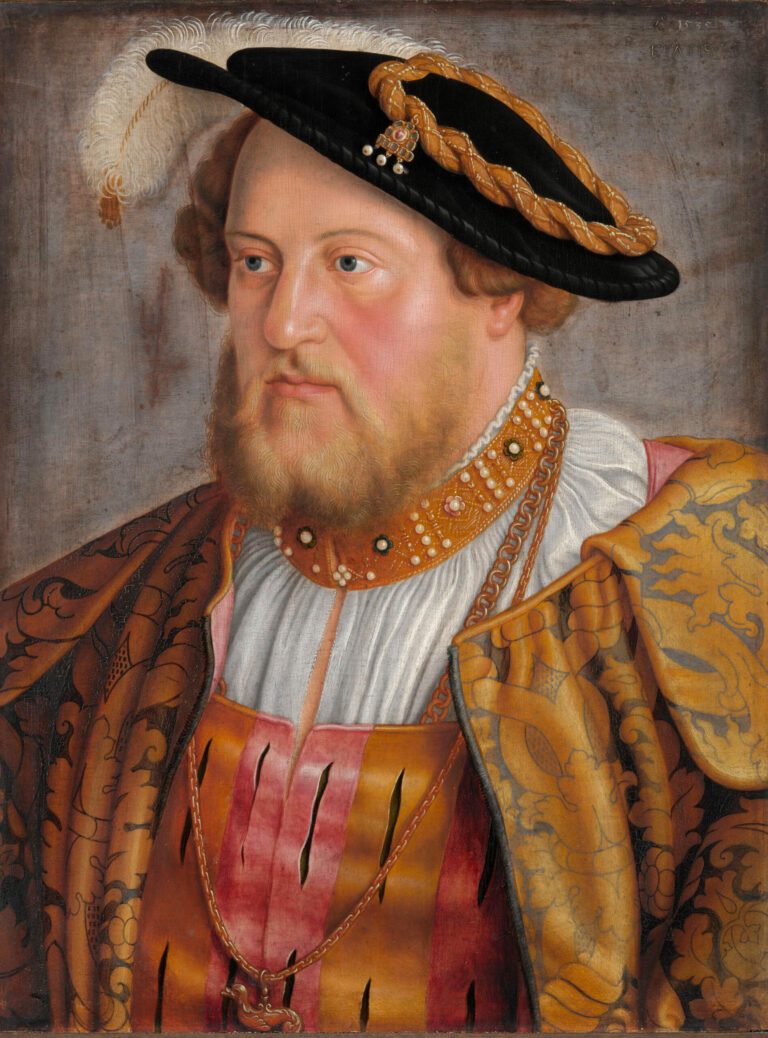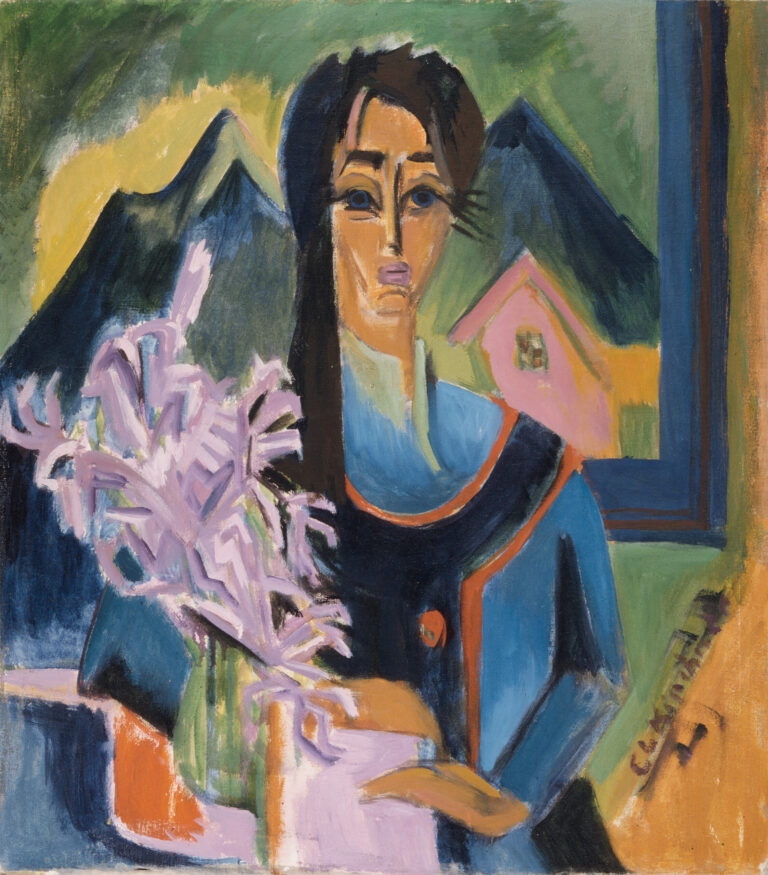This Portrait of King Louis XIII of France (1611) by Frans Pourbus the Younger exemplifies the art of official portraiture at the beginning of the 17th century.
This work presents the young sovereign at ten years of age, as indicated by the Latin inscription visible in the composition. The painter displays remarkable virtuosity in rendering precious materials: the shimmering silks of the pink doublet enhanced with gold, the delicate lace of the ruff, the richly adorned velvet of the hat, and silk stockings. The pink color, far from being gendered at the time, emphasizes the princely rank of the sitter. The sumptuous décor—green hangings embroidered with the royal cipher, marble columns, geometric paving—asserts royal majesty despite the subject’s young age. This commission by Marie de’ Medici was part of a European matrimonial strategy, with the portrait serving as a diplomatic instrument to negotiate future alliances with Spain and Austria that would shape the continental balance of power.
Further information
- Portrait of King Louis XIII of France, in 1611, by Frans Pourbus the Younger
- 159.3 x 95.3 cm (62 11/16 x 37 1/2 in.), oil on canvas
- Cleveland Museum of Art, displayed in gallery 212, Baroque paintings and sculptures
- https://www.clevelandart.org/art/2003.225
Frans Pourbus the Younger (1569-1622) embodies the excellence of European court portraiture. Born into a dynasty of Flemish painters, grandson of Pieter Pourbus and son of Frans Pourbus the Elder, he perpetuated the tradition of meticulous Northern realism. Trained in Antwerp, he became painter to Archduke Albert and Infanta Isabella Clara Eugenia in Brussels before being summoned to the court of Mantua by Vincenzo Gonzaga. In 1609, Marie de’ Medici brought him to France where he became official portraitist to the royal family. His precise technique, attention to detail, and ability to combine physiognomic fidelity with the representation of power made him one of the masters of ceremonial portraiture of his era.


